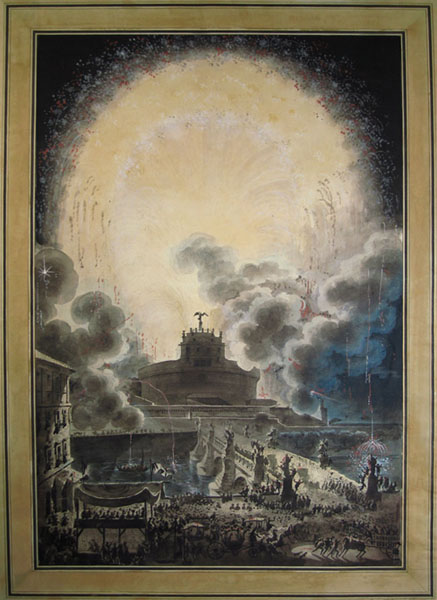TEXT: LETTER, COLOR, IMAGE. A DEVIATING BODY?
Keywords:
Texto, Materialidades textuais, Discurso.Abstract
This work discusses the notion of text in the theoretical realm of the Discourse Analysis, in which it is perceived as a symbolic space, opened and heterogeneous, whose textualization is constituted by different linguistical materialities, wether the verbal, non-verbal, or still by the combination of these languages. In order to elucidate the proposed concept, we analyse two cover of the Brazilian magazine Veja, demonstrating the possibility of working this material as a text. In our analysis, we perceive both the work of interdiscoursive relations and the intertextual relations involving especifical conditions of production. We conclude, therefore, that the cover of a magazine can constitute a possible form of textualization of discourse, evidencing the heterogeneity and the plurality of the notion of text.
Downloads
Downloads
Published
How to Cite
Issue
Section
License
Copyright (c) 2007 - Authors keep the copyright and grant the journal the right of first publication, with the work simultaneously licensed under the Creative Commons Attribution License (CC-BY-NC-SA 4.0), which allows sharing the trial with acknowledgment of authorship and initial publication in this journal.

This work is licensed under a Creative Commons Attribution-NonCommercial-ShareAlike 4.0 International License.
Creative Copyright Notice
Policy for Free Access Journals
Authors who publish in this journal agree to the following terms:
1. Authors keep the copyright and grant the journal the right of first publication, with the work simultaneously licensed under the Creative Commons Attribution License, which allows sharing the trial with acknowledgment of authorship and initial publication in this journal.
2. Authors are authorized to take additional contracts separately, for non-exclusive distribution of the work version, published in this journal (eg publish in institutional repository or as a book chapter), with acknowledgment of authorship and initial publication in this journal.
3. Authors are allowed and encouraged to publish and distribute their work online (eg in institutional repositories or on their personal page) at any point before or during the editorial process, as this can generate productive changes, as well as increase both impact and citation of the published trial (See The Effect of Free Access).
Creative Commons License
This work is licensed under a Creative Commons Attribution–NonCommercial-shareaswell 4.0 International License, which allows you to share, copy, distribute, display, reproduce, completely or part of the work, since there is no commercial purpose, and authors and source are cited.



